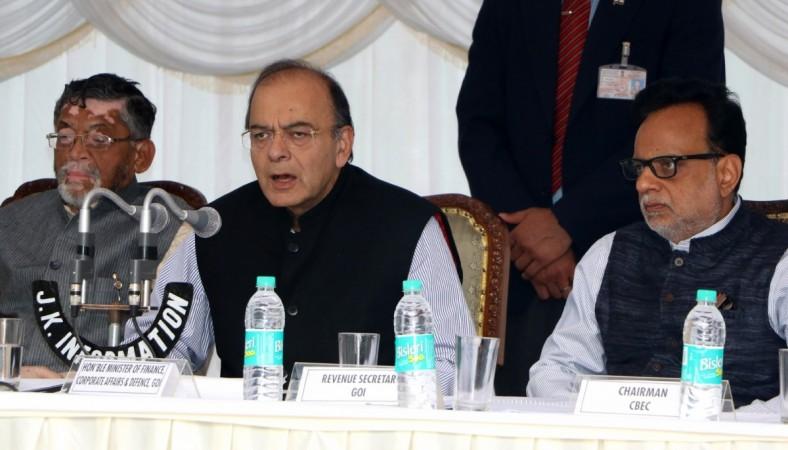
India may be far behind the US in terms of economy and per capita income, but when it comes to buying gold, Indians are far ahead of their American counterparts. During the first quarter (January-March, or Q1) this year, demand for gold jewellery was 92.3 tonnes in comparison to 22.9 tonnes in the world's largest economy, according to World Gold Council (WGC) data.
"But Q1 was still weak at 92.3 tonnes only the third quarter this decade in which demand has fallen below 100 tonnes," the WGC said in its Q1 report, though demand was up 16 percent, YoY.
The global jewellery demand at 480.9 tonnes was helped by the world's fastest-growing economy. "Gains in India were the main reason for the slight y-o-y increase, but global jewellery demand remains relatively weak in a historical context," the WGC said.
In neighbouring China, jewellery demand was down 2 percent YoY to 176.5 tonnes.
The overall demand for gold, including coins, ETFs, purchases by central banks fell 18 percent to 1,034 tonnes in Q1 from 1,262 tonnes in the first quarter last year.
But India's overall gold imports fell 13.5 percent to $27.4 billion in 2016-17 from $31.7 billion, news agency PTI said in a report.
Demonetisation dented demand for gold starting from December 2016 though the trend reversed after January this year. Imports of the yellow metal rose 147 percent YoY in February, 329 percent in March and 211 percent in April, according to Union Ministry of Commerce and Industry data.
A keenly-awaited development on the gold front in India is the impending finalisation of goods and services tax (GST) rate on gold. The GST Council is scheduled to meet on June and 3 to take a decision on the same, which is likely to partially impact demand in the near future.
The Rs 3,00,000-crore, gems and jewellery industry largely consists of unorganised players, while the listed entities include Gitanjali Gems, PC Jeweller, Tribhovandas Bhimji Zaveri and Titan.
The import duty on gold at 10 percent will remain unchanged while the GST rate is expected to be in any of the two slabs, five percent and 12 percent, though the industry is pitching for 1.25 percent.















